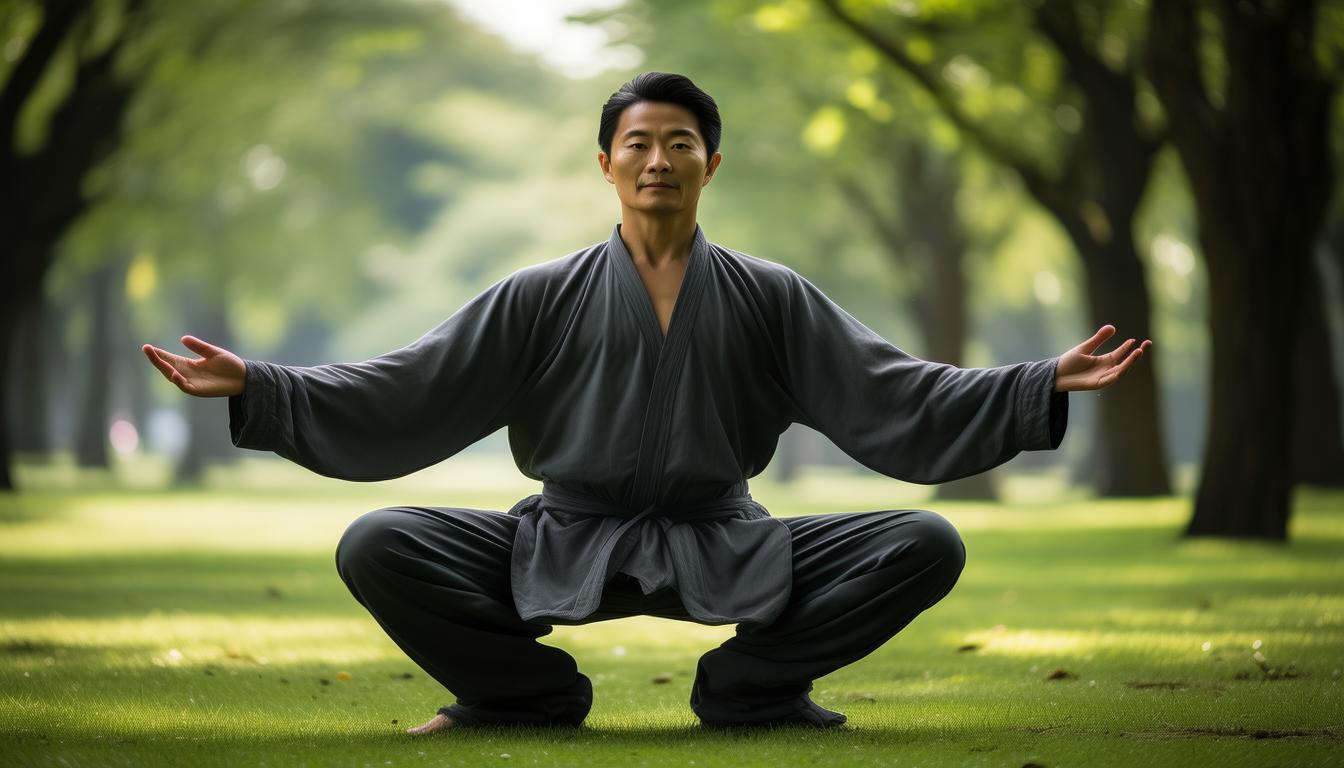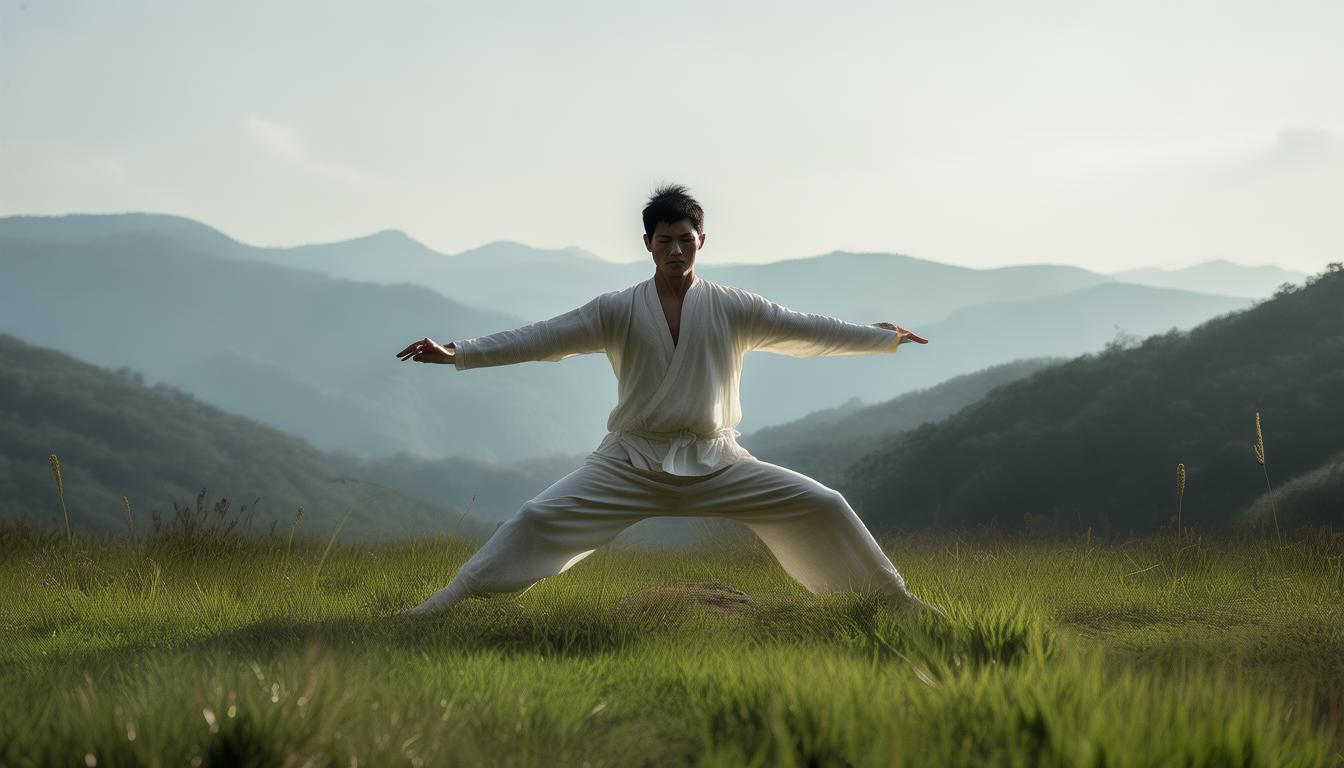Tai Chi is a treasure in traditional Chinese martial arts. Its movements are gentle and slow, and its style is both rigid and soft, and it contains profound cultural connotations and is deeply loved by people. Next, I will express my insights on Tai Chi in detail from five different aspects one by one.
Origin and History
Tai Chi originated from my country's long-standing agricultural culture. It was first carefully created by martial artists to improve their physical fitness and resist foreign enemies. As time goes by, Tai Chi continues to develop, forming many different schools such as Chen, Yang, and Wu. On the basis of inheriting core skills, these schools each developed their own unique styles. For example, Chen-style Tai Chi combines hardness and softness, and the movement speed is fast and slow; while Yang-style Tai Chi has a relaxed movement and a rigorous structure. Tai Chi is like a wise man who has experienced vicissitudes of life. After years of hardship, he slowly demonstrates the long-standing wisdom and inheritance of the Chinese nation.
Action Features

The moves of Tai Chi are like floating clouds, and each movement is sleek and smooth. The movements of the arms and legs are coordinated and the transitions between the movements are very delicate. Compared with those martial arts with rapid movements, Tai Chi prefers to pursue softness and soothing. When practicing, every step seems to be walking in the clouds, and various parts of the body seem to be guided by a warm force, which seems to be both relaxed and elegant.
Fitness effects
Tai Chi is extremely beneficial to people's health. It not only helps to improve the flexibility of the body, but also makes the movements of various parts of the body coordinated and enhances the heart and lung function. Especially for middle-aged and elderly people, it can effectively enhance joint flexibility and promote blood circulation. Moreover, Tai Chi emphasizes concentration, which helps people concentrate and eliminate external interference. It is extremely beneficial for regulating the psychological state . Tai Chi For Health allows practitioners to feel the beautiful experience of unity of body and mind during exercise.
Cultural connotation

Tai Chi contains the Taoist idea of balance between yin and yang, and yin and yang are both mutually generated and restricted. This characteristic is reflected in the Tai Chi moves as the combination of hardness and softness. At the same time, it advocates the law of "complying with nature" and requires practitioners to follow the laws of nature to achieve harmonious unity between body and mind and nature. During the practice, it is like a journey of the mind, seeking static in dynamics, responding to dynamics, and finding a balance between movement and stillness.
Communication and development
Tai Chi is now spread all over the world and has become a window for people to understand Chinese culture. Whether in the park or in the square, people practicing Tai Chi can be seen everywhere. The holding of various events has allowed more people to experience its charm. Moreover, with the development of the times, Tai Chi is also continuing to innovate and integrate. Looking to the future Tai Chi Classes Online , we are full of confidence and look forward to the brighter brilliance of Tai Chi.
After listening to my Tai Chi introduction, are you interested in experiencing the charm of Tai Chi in person? Don’t forget to like this article and forward it. At the same time, I am also looking forward to seeing your thoughts in the comment section!


